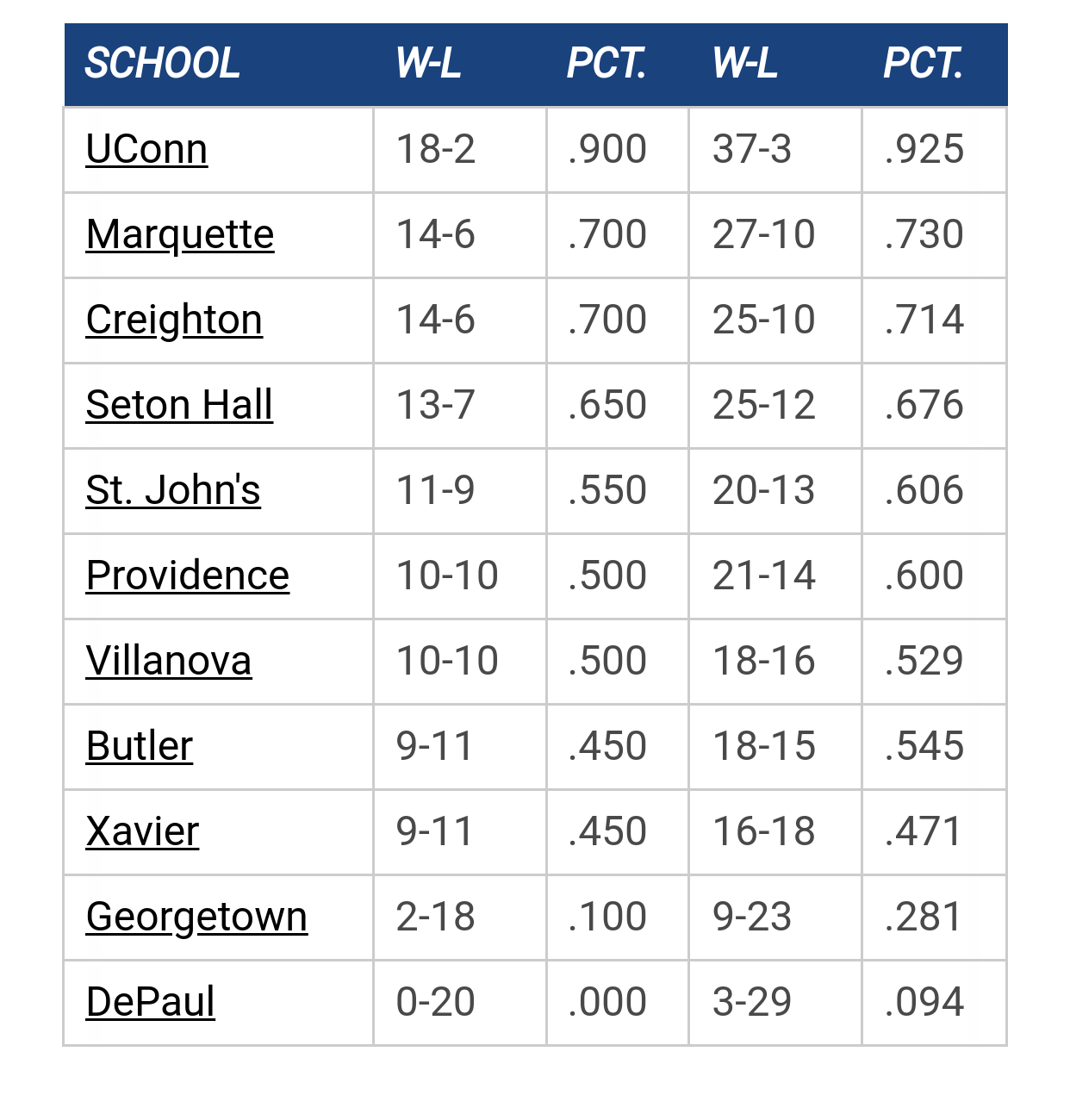- Welcome to MUScoop.
[Cracked Sidewalks] Little Rock Preview by Jay Bee
[Today at 03:50:30 PM]
Hoosier beat down by brewcity77
[Today at 03:31:22 PM]
2025-26 Big East Thread by geps
[Today at 03:18:46 PM]
Famous Arkansas Little Rock Alumni by MU1in77
[Today at 02:47:47 PM]
Single game tix prices by #UnleashSean
[Today at 02:32:25 PM]
Signing Day by tower912
[Today at 01:33:52 PM]
Little Trojans are Evil by tower912
[Today at 01:22:36 PM]
[Today at 03:50:30 PM]
Hoosier beat down by brewcity77
[Today at 03:31:22 PM]
2025-26 Big East Thread by geps
[Today at 03:18:46 PM]
Famous Arkansas Little Rock Alumni by MU1in77
[Today at 02:47:47 PM]
Single game tix prices by #UnleashSean
[Today at 02:32:25 PM]
Signing Day by tower912
[Today at 01:33:52 PM]
Little Trojans are Evil by tower912
[Today at 01:22:36 PM]
The absolute only thing required for this FREE registration is a valid e-mail address. We keep all your information confidential and will NEVER give or sell it to anyone else.
Login to get rid of this box (and ads) , or signup NOW!
Little Rock Date/Time: Nov 12, 2025, 7:00pm TV: ESPN+ Schedule for 2025-26 |
||||||
User actions


